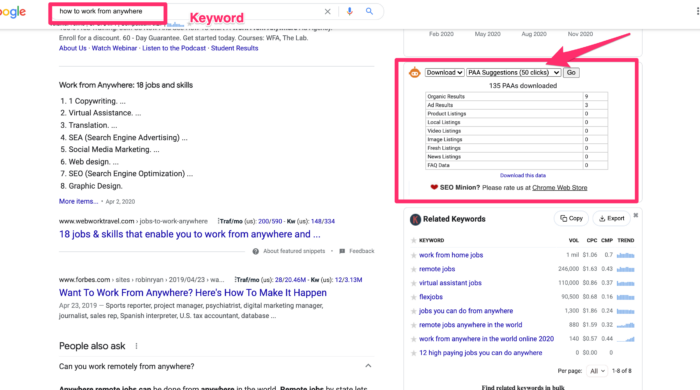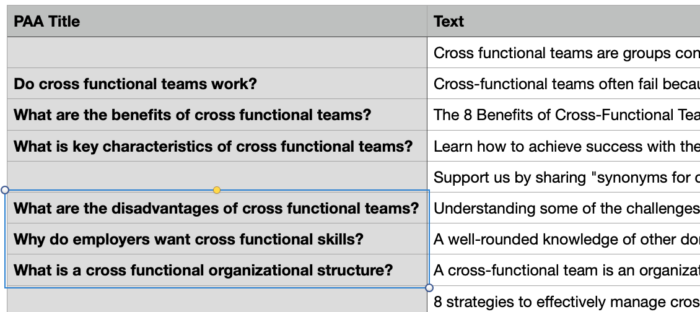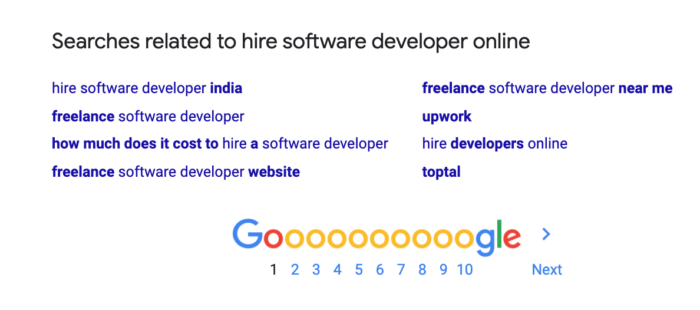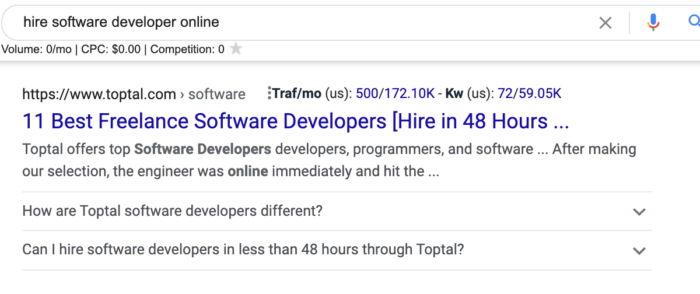How to use People Also Ask Questions from Google to Build Better Content Briefs
One thing I’ve been incorporating more into my briefs are questions. Turning to the People Also Ask (PAA) questions within Google can give you a great headstart on creating your briefs and more insights into what people are searching for.
You are probably familiar with PAA questions even if they don’t show up on all of your search results.
What are People Also Ask questions?
These are questions that usually appear a 1/3 of the way down the page when you conduct searches using Google. They are not listed for every result or search, and they usually expand.

Are People Also Ask questions worth it?
It’s hard to say, and a lot of evidence points to “no.” Info from Ahrefs and Backlinko that overall only 3 percent of people interact with PAA question boxes.
The better answer is “it depends.”
If you have a high volume search query with a lot of intent, then most definitely pursue People Also Ask questions.
I first got into this from Steve Toth, who has a great explainer on showing how to find search and keyword volume for People Also Ask questions.
Ahrefs also has a guide the volume for People Also Ask questions.
However, I mostly consider PAA for building out content briefs, not targeted traffic. But I can explore taking advantage of that?
Switch Gears from SEO to Content Outlines
I’ve never researched search volume on People Also Ask questions, even though it seems like a good practice to try.
But instead, switch from SEO to writing for a second. Consider the value of the PAA outside of their volume, and instead, think about their comprehensiveness.
If these are questions people are asking, shouldn’t my content include them?
Once you use this mindset, your content outlines become much easier and thorough. The way I see it, you’re already targeting a keyword and the PAA can’t do anything but help.
And the question format provides a nice way to create fast headlines.
Build Your Content Brief with PAA
The Ahrefs guide above shows a way to do it with their tool, but also consider this Chrome extension to help. It’s from SEO Minion, and Steve Toth first alerted me on how to use it.
That extension can do a lot of things on-page as well, but once it’s embedded in your browser, it also has an option for downloading PAA questions based on a number of clicks.

Above, you can see I have the preset at 50 clicks, but they also have clicks for 10 or 30. I’m not sure exactly where SEO Minion gets these results, but it’s supposed to demonstrate the popularity of the questions.
From there, the list will be exported into a CSV:
You’ll then have a list that you can sort and prioritize, based on your own content goals. To be clear, every PAA will not necessarily be a fit for your article. This is where common sense comes in.

Some questions may have typos, misspellings, or poor grammar, and you’ll have to take that into consideration when choosing which PAA questions to feature and use. It’s also okay to slightly modify them: Google is looking for real content, not manufactured or copied.
Use these questions as headers within my article along with any other research I’ve done.
Within the brief, you may also want to include related keywords from Google or use another tool such as Ahrefs to find more keywords to include.

Another free tool to use to find questions is AlsoAsked and Answer the Public. Both have limited free capacity.
Other paid tools like Frase and MarketMuse also have question features.
PS: PAAs are not the same as the FAQ Schema
A popular thing to do right now for blog posts is to add in the FAQ schema so that your blog posts shows up with a set of questions below them in results.
Here’s an example from Toptal, a company where I used to work:

I searched for “hire software developer online” and you can see the list of questions below the result.
That’s different than the People Also Ask (PAA) questions, though many companies may use PAA questions to populate their FAQs.
